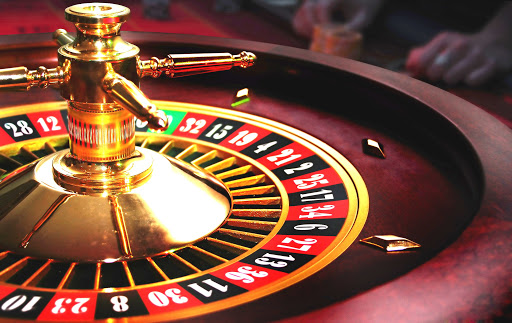Regarding slot machines, players often find themselves enthralled by the flashing lights, intriguing themes, and the excitement of spinning the reels. But beneath the glitz and excitement lies an critical concept that every gamer should be aware of: RTP, or RTP. This key metric holds great importance in deciding the return of your wagered money over time, affecting your gameplay and strategy as you play.
RTP is commonly stated in percentage terms and reflects the mean amount of funds returned to players compared to the total amount wagered. For instance, if a slot game has an RTP of 95%, it means that, on average, players can expect to get back $95 for every 100 dollars wagered. Understanding this concept can help players make informed decisions when choosing which slots to play, ultimately enhancing their gaming experience at the casino.
What is the definition of RTP?
Return to Player, often called RTP, is an important factor in the field of gambling slots. It represents the proportion of all wagered money which a slot machine is set to return to players through its operation. For example, if a slot has an RTP of 95 percent, this means that, hypothetically, players should anticipate to reclaim $95 for every 100 dollars bet in the long run. Knowing RTP helps players evaluate the potential returns of different slots.
RTP does not serve as a surety of individual wins but instead a average calculated across many spins. Individual players’ experience might be different significantly because of the randomness inherent in the games. A better RTP suggests better odds for the player, thus making it a critical consideration to consider when picking the slots to play. However, even with high RTP, there can be stretches during which players encounter losses, because randomness plays a significant role.
It is also worth noting that various slots have diverse RTP percentages. Some slots could display a smaller RTP because of a significant fun or distinct elements, while others maintain a increased percentage to entice more cautious players. Understanding RTP empowers players to form informed decisions about their play strategies and manage their funds efficiently while experiencing the excitement of slot machines.
The Way Return to Player is Being Calculated
A Return to Player, or Return to Player, represents a key indicator within the realm pertaining to casino slot machine games. This represents the percentage from total wagered funds which a slot machine is expected to return to gamblers in the long run. Comprehending how this measurement is derived demands insight into both the slot’s design as well as its payout system. The return value is determined through complex algorithms as well as statistical analyses performed during the game creation phase. Game creators take into account various elements, including the likelihood of winning outcomes as well as the size for returns on each combination. GA179
In order to compute this metric, the creators model a vast number in terms of spins of the slot machine. These modeling efforts aid determine how much on average, a gambler is likely to earn based on their wagers. For example, when a slot game has an RTP of 95%, this means that, in theory, among every $100 dollars wagered, gamblers can expect to get ninety-five dollars back in the long term. That value does not indicate how much a player might receive in a one play and over a couple of plays; rather, it shows long-term return projections.
The values of RTP are usually released by the casino and slot developer. Gamblers should always seek out this data when choosing a slot game, because it has the potential to influence their overall enjoyment. A higher RTP usually means a better probability to recoup a segment of wagered money, although individual plays can vary considerably. Understanding RTP enables gamblers make informed decisions and improve their overall enjoyment within the realm of slot games.
Significance of RTP in Gaming
Grasping the RTP or Return to Player is crucial for any player involved in gambling on slots. Return to Player is the percentage of wagered money that a game is designed to return to gamers over time. A greater RTP indicates that players can look forward to receiving a larger portion of their wagers back, making it an valuable factor for those seeking to enhance their gambling enjoyment. Knowing this figure aids players make smart choices about which games to play, as it can significantly influence their potential winnings.

Furthermore, Return to Player has a crucial role in the overall equity and transparency of slot games. Players are often attracted to games with greater RTP percentages because they provide a better opportunity of success over the long term. Gaming establishments and game developers use RTP as a marketing tool to draw in gamers, ensuring they maintain a lead in the thriving gambling industry. By understanding of RTP, gamers can choose slots that align with their comfort level and objectives.
Ultimately, the concept of RTP promotes safe gambling behavior. By understanding that not all slots will provide immediate returns and that RTP is based on extended play, gamers can manage their expectations and gambling behavior effectively. This understanding enhances the enjoyment of slot games while fostering a more balanced gambling landscape. Players who grasp the significance of Return to Player are likely to have a better time and reduce the risks of problematic gambling behavior.
